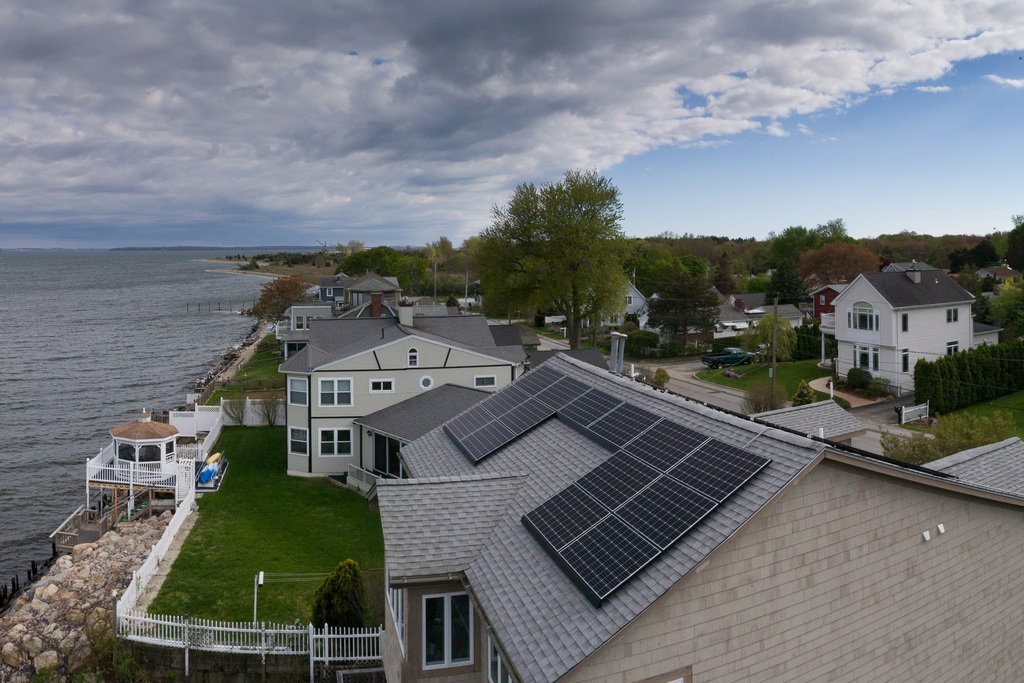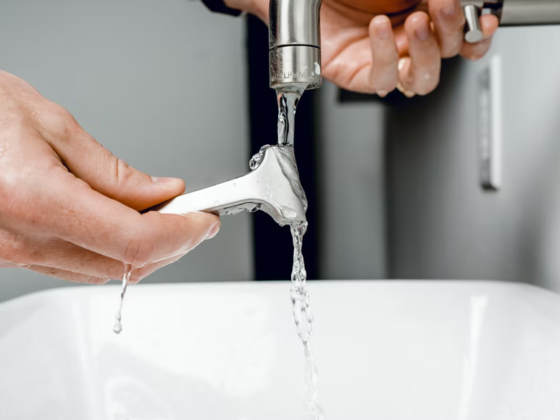If you’re thinking of creating a green home, you may be a part of a revolution in environmental consciousness.
At present, green building is one of the industry’s hottest and most important construction trends.
Green building can reduce, and in some cases eliminate, the environmental effect connected with the construction of new homes.

When designing and building an eco-friendly house, where do you even begin?
Pre-fab Eco homes, eco-design specialists, and other alternatives abound, but if you’re doing it yourself, there are a few critical considerations to make first.
Building an environmentally friendly house
1. The location, Location, Location
When looking for a location of your new home, consider what is or was previously there.
Building in environmentally sensitive areas such as marsh areas or floodplains is generally discouraged because doing so would dramatically affect the landscape.
Eco buildings can be built on brownfield land, which has already been developed.
To make your building carbon neutral, it is necessary to demolish any existing buildings on the site; nevertheless, you must ensure that the land is not contaminated.
2. Reduced Energy Consumption
The more energy-saving solutions you can implement within your budget, the better. Consider using solar panels to power your entire house.
Although they are expensive to install initially, you can save significantly more than the installation cost and over a ton of carbon emissions per year!
You can improve your home’s energy efficiency by preventing heat from escaping. Many recycled insulation options are available, such as those made from paper or plastic bottles.
You’ll get a lot of solar heat even if it’s gloomy outside, so make sure your windows are double or triple- glazed on the south side of your building. You can significantly reduce your carbon footprint by adding a green roof to your facility.
When furnishing your home, make sure to buy energy-efficient equipment and recyclable or up-cycled furnishings.
Read Also:
3. What Kind of Supplies are Needed?
Many options are available for eco-friendly building materials; new ones appear on the market seemingly every minute. Recycle materials from the site or the previous building, such as gravel and rock.
Your home should be decorated with environmentally friendly paint, such as Eco paint. Make a list of where you’ll spend most of your time, and if you are working from home, consider bringing some plants into the mix.
4. Intake and Disposal of Wastewater
Reduce the water used by installing low-flow toilets, sinks, and showers, and reuse any wastewater.
If you don’t want to utilize the greywater for irrigation purposes, you can redirect it to a tank where it can be used to flush toilets and for bathing and showering.
5. Consider Magnesium Oxide Board
Magnesium and oxygen are combined under high pressure and heat to produce MgO, or magnesium oxide, used as a building material. This material has stone-like properties once it has been heated up.
What is MgO Board, and How Do I Use It?
Magnesium oxide boards have included magnesia as a component for the past two decades. Magnesium boards, which combine strength and versatility with sustainability and recyclability, are encouraged and approved by several governments.
Boards made of magnesium oxide may serve as an alternative to gypsum-based panels, drywall, and other building materials. They are safe and healthy for homeowners and contractors because they are ecologically friendly.
There are still many people who have never heard of magnesium board or have no idea what it offers. Magnesium oxide boards are shrouded in mystery, with little information available online.
How Do MGO Boards Get Create?
China and Europe are the primary sources of magnesium carbonite. Magnesium oxide is produced through a reaction between magnesium and oxygen under high pressure and heat (MgO). The MgO, after being heated, takes on the qualities of a stone.
Powdered wood dust (cellulose), perlite, and a few additional components are mixed with water, chloride, and sulfate (or Epsom salts).
Uses for Magnesium Boards
The board can be used practically anywhere in the house. Outside, magnesium board products can be used for everything from exterior wall sheathing to trim, fascia, and siding.
It is used as a drop ceiling tile backer, wall panel, and ceiling board in dwellings. It is possible to use a dry board with magnesium boards.
Magnesium Boards: Are They Easier to Put in?
Magnesium oxide boards indeed function similarly to other board products such as drywall or oriented strand board. Simply nailing, scoring, snapping, or screwing magnesium boards into wood or steel frames requires no special tools.
Depending on your needs, you can choose from various board types and thicknesses ranging from 3 millimeters to 20 millimeters. The boards can be finished with paint (two coats), concrete, or wallpaper by contractors.
Waterproofness of MgO based boards
They are not waterproof; instead, they are moisture resistant. Hydrothermal expansion occurs because of prolonged submersion in water.
There is no swelling or warping when the time interval is shorter. Sellers of magnesium boards claim that prolonged exposure can be dangerous, even for a short time.
Basement flooring planks are protected from moisture by a magnesium board. Generally, salt corrosion to magnesium board is not an issue in coastal areas.
There should be another layer of substance or coating applied to the panels outside.
How Fireproof Are Magnesium Oxide Boards?
The fire resistance of magnesium boards is often cited by those who like them. It has a UL 055 grade and an A+ from the ATSM, making it highly flame-resistant. No flames or smoke are released when using the boards.










